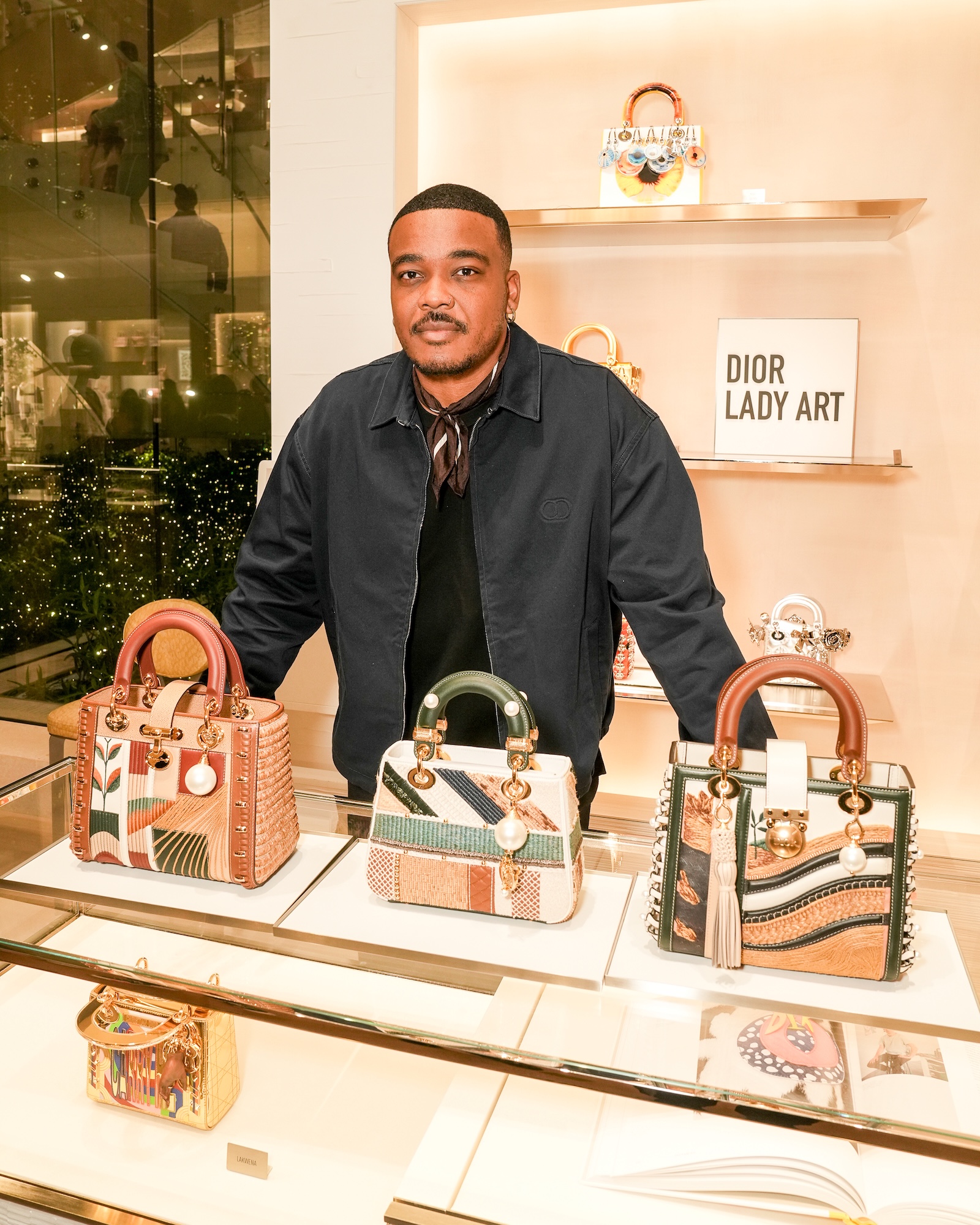[_Continent Project_](https://www.instagram.com/continentproject/) is an exhibition in Paris celebrating mankind, past and present, as a unified community. Pulling inspiration from John Donne’s famous poem “No Man Is an Island”, the various artists and the diverse mediums with which they work emphasize how we are all interconnected, in our humanity, our shared histories, and our shared planet. Taking place December 13-16 on the 111 Rue St. Antione 4ème, this exhibit will feature the work of 23 artists. In the final installment, we present a series of Q&As with the artists featured in this incredible project.
**ELLIOT DUBAIL**
-----------------
This interview feature on Continent Project is dedicated to the loving memory of Elliot Dubail (1989-2018), whose paintings are featured here.
The works of Elliot Dubail hold power in their visceral intensity. An intensity linked to the approach of the painter who is close to a certain classicism or even a craft science, since he creates his own colors and pigments to reveal their organic substance. These paintings are imbued with spirituality and mysticism inspired by his travels to the Holy Land or the Middle East. Elliot Dubail paints borrowed spaces of solitude which inspire recollection. Dubail’s work is represented by the Perpitch and Bringand Gallery.


Courtesy Galerie Perpitch & Bringand - copyright Adrien Thibaud


Courtesy Galerie Perpitch & Bringand - copyright Adrien Thibaud
* * *
[**Studio Quetzal**](https://www.instagram.com/studioquetzal/?hl=en)
--------------------------------------------------------------------
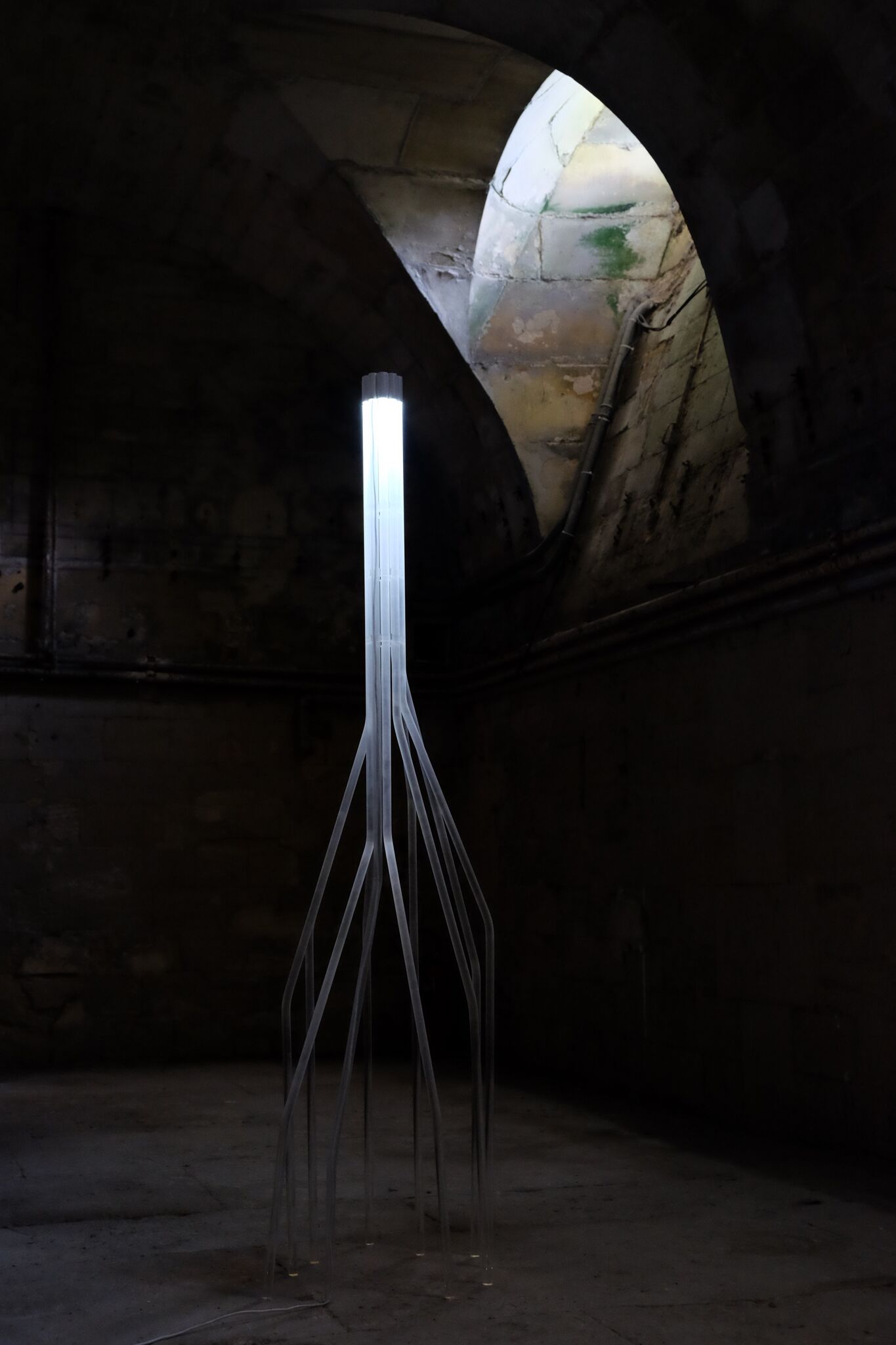
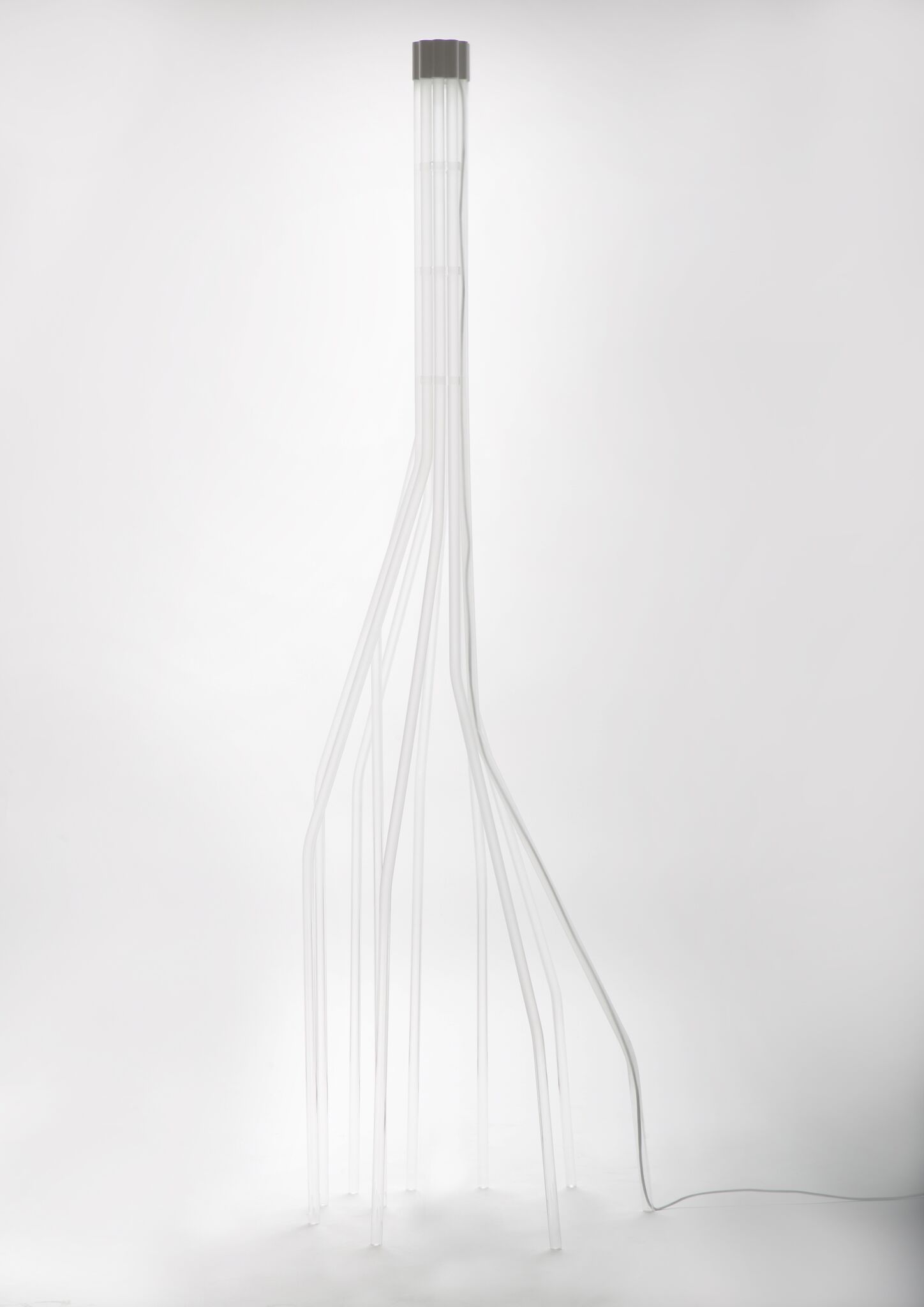
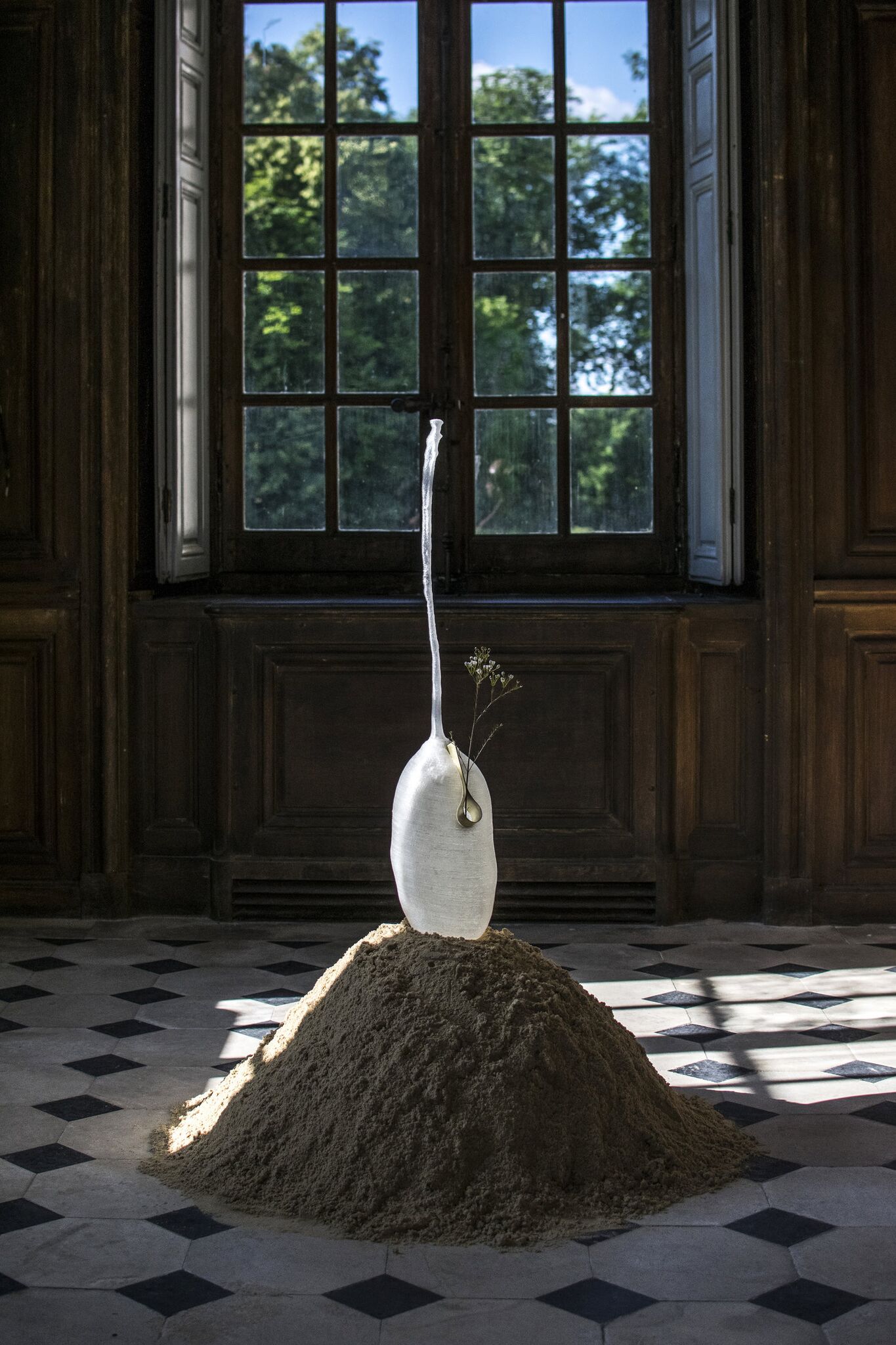

Studio Quetzal
Photo by Pauline Guerrier
Quetzal is a design studio based in Paris and founded in 2015 by Louise Naegelen, Adrien Gadet, and Benjamin Lina. The ambition of the studio is to conceive Space and Object as entities, focusing on the self-sufficiency of materials and on the expression of their essences.
**Many of your works have relationships to the site of installation. How does “place” affect your creative process?**
The location, indeed, is the starting point of our creative process. Our work focuses primarily on the relationship between space and object, in a narrative approach. We are inspired by the history of the place and its surroundings by reinterpreting it architecturally. The primary intention of our projects is often a fantasy idea that we readjust and simplify. Space becomes a set of elements that respond to each other through drawing, materials and light.
**What is your plan for 2019?**
We apprehend new techniques that will fulfill our work.
For future projects we are invited by Alice Stori to participate in the exhibition AD MENSAM in Austria, the inauguration takes place in May 2019. This edition of the "Schloss Hollenegg for Design" will explore the rituals around the tableware. We are also working with Marie-Claude Beaux on a new project for the New National Museum of Monaco.
* * *
**Thomas Klotz**
----------------

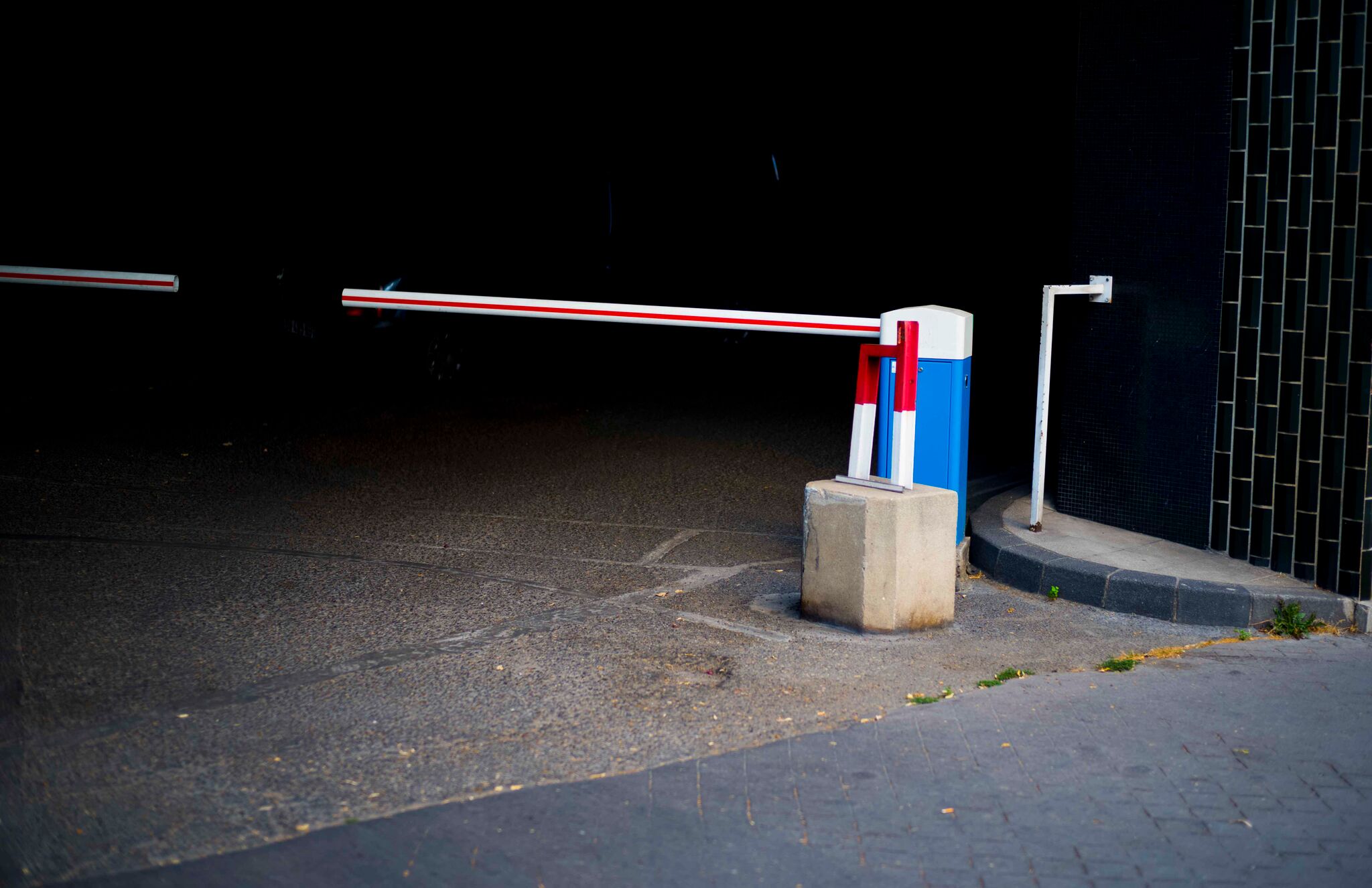
[](#)[](#)
Thomas Klotz
What are the realities that play out in Thomas Klotz’s experiences? An environment seized in confusion of natural and manufactured worlds. It is a reality that seems to be made of fabrics, ink and drawn lights. Thomas Klotz is behind the garden, on the other side the spectacle of humanity: it is the dummy lights, the neon and leaking pipes that redraw the bodies of passers-by in his photographic experience.
**Do you remember the first artwork that you encountered that made a strong impression on you? Describe the experience.**
From the first work of art I do not know any more. The first photos that marked me and influenced yes certainly. I must have been 16 years old when I discovered the photographs of William Eggleston and especially the famous "Red Ceiling". A photo of a blood red ceiling with a light bulb and white wires. There is everything, plastic, banality and the weight of meaning. This photo is the image of the blood, the drama behind a totally anonymous newspaper. It's a wonder simply. Simple, disturbing and inimitable.
**What works other than yours are eager to see at the exhibition, and why?**
To stay in the light and close to my approach, the work of the "designer" Marine BREYNAERT is particularly interesting. Her Lamps are highly pure and loaded with industrial materials and references. Bright and striking works …
**How do the artificial and the natural figure into your ideas of beauty?**
Part of my job is to deal naturally with artificial lighting. That is to say, not to try to correct it, or blur it. These dirty lights reveal a suffocation, a suffocation of the subject that can reveal a certain form of beauty. In the urban universe that is mine, the natural continually faces the artificial anyway. I'm just trying to be ready for this clash.
* * *
[**PIERRE RIOUFOL**](https://www.instagram.com/pierrerioufol/?hl=en)
--------------------------------------------------------------------


“Dunes” 2018, leather & wood, 81x60cm - Pierre Rioufol. “Rex” 2018, leather & wood, 81X60cm, Pierre Rioufol.
Pierre Rioufol reconciles art and clothing by using the technique of tattooing and the application of colored leathers to draw landscapes and symbols on his jackets. He maintains timeless and classical cuts of the Bomber, the Perfecto and the Teddy.
**Why is a sense of play or wonder something that we could all benefit from in our wardrobe?**
Wardrobe for the jackets as much as walls for my paintings, can be filled with windows, I build the views of my dreams in each one. Every drawing is a window, a view, an imaginary landscape to offer to the space or to the streets, if it's worn.
I keep on trying to make the "heaven embroidered cloths, inwrought with golden and silver light**"** of W.B Yeats, I keep on trying to bring some naive illustrations of my dreams on each support, walls, jewels, and clothes.
**Do you listen to music when you work? If not, why? If so, what music?**
I listen a lot to music while working, thinking almost religiously that a song or an album must enter the drawing or the piece I'm working on, like giving it a soul through the wind of the voice. A particular song or a singer can give a deep breath, some particular color range, you won't use the same colors listening to Neil Young's _Harvest_ as on _On the Beach_. I work with any kind of music but mostly slow, folk or ballads of Townes Van Zandt or Johnny Cash, for warm and clear colors, I finally realised that cold wave or punk mostly led me to dark & stormy.
**How do you feel education has informed your practice? Where has it created limitations?**
I always have run away from education in the domain of creation, never studied stylism, nor sewing, nor drawing or jewelry making. I fear in education the print of the teacher as a real doom for the expression of your deep, sincere and free soul. And that sincere soul is the only thing I'm interested in, in anyone's work.
This has led me to another habit, which is the will of knowing exactly the process of creation of an object. Sewing clothes, stitching, working leather, knowing the skins, the stones and metal melting, the will of knowing and controlling each step is like an armor and a spine for the self-educated.
* * *
[**Romain Sarrot**](https://www.instagram.com/romainsarrot/?hl=en)
------------------------------------------------------------------
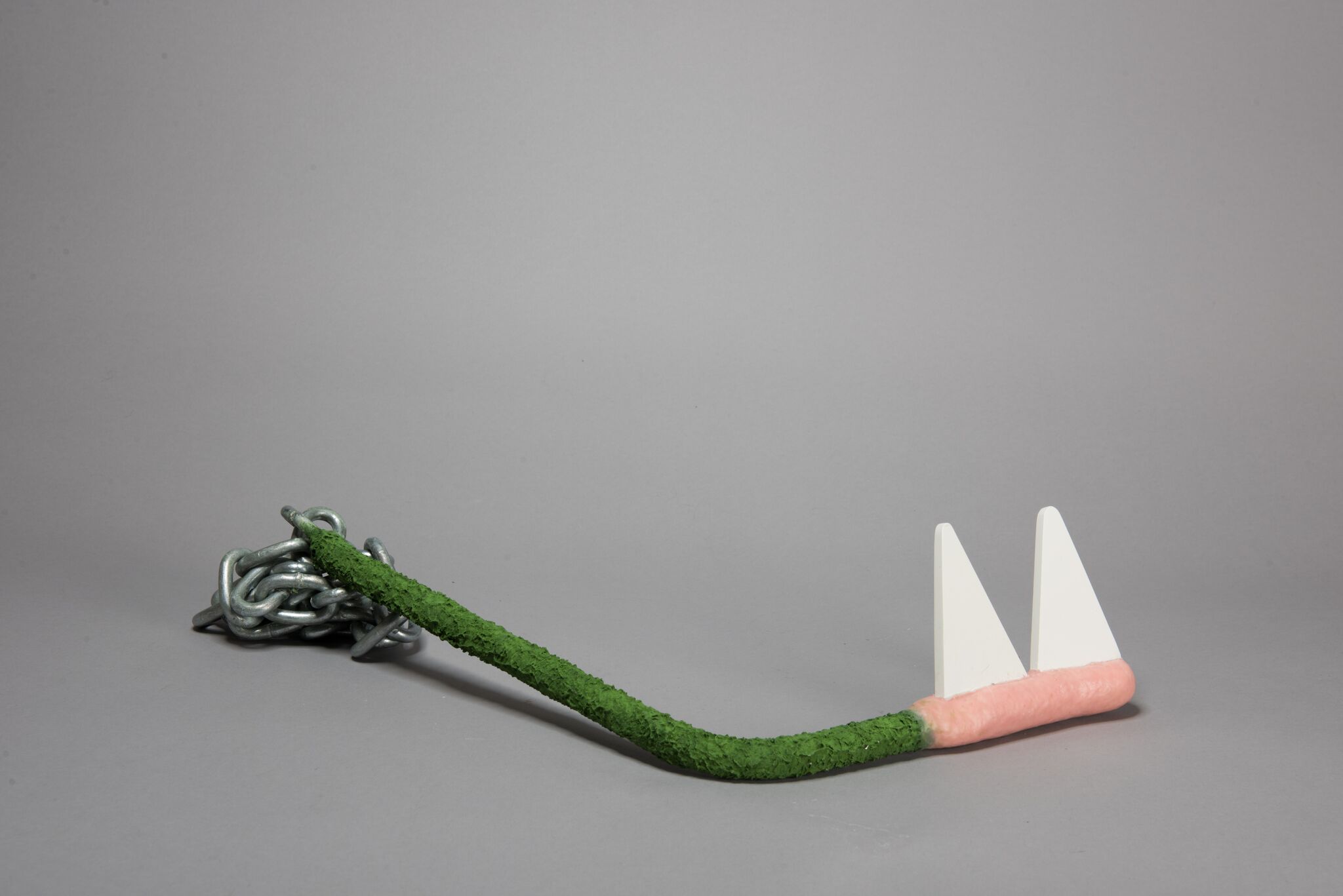

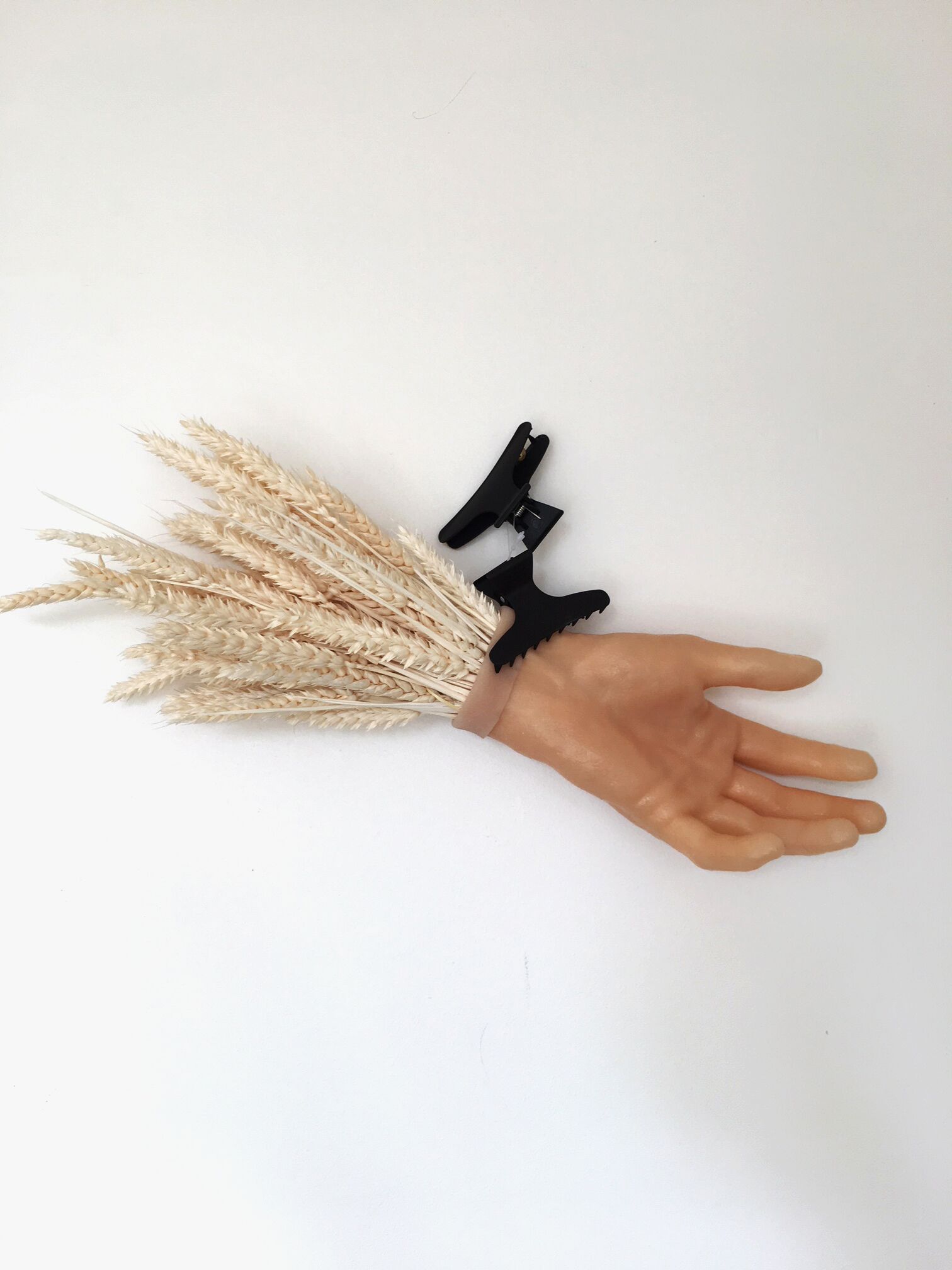
[](#)[](#)
Romain Sarrot
My creative process is fairly regular in its approach. I always try to start from an idea or a concept and put it on stage as faithfully as possible. The thread of my installations focuses on two types of materials: resin and silicone. What binds all my creations is childhood.
**What role does comedy play in your process? What elements of childhood are you most drawn to?**
I strongly believe in the importance of emotions in art. The way sometimes are moves you without you knowing where it comes from. Comedy shares the same triggering features as contemporary art: poetry, irony, surrealism, irreverence. The unusual is a good way to capture the attention of the audience and transform it into a question. In France we say “la vérité sort de la bouche des enfants” which means, because they are candid, playful, full of honesty, kids will always say the truth. Hence the importance in my work to confront this idea of naivety in childhood and the brutality of society.
**Do you remember the first artwork that you encountered that made a strong impression on you? Describe the experience.**
At 6, I went with my father to the manifeste exhibition in “le centre Beaubourg.” I remember going from Sol LeWitt and On Kawara to Andy Warhol and Claes Oldenburg, going through Arman to César. I was struck by the amusing and playful experience that were opposite of the big old master paintings that at this age death is boring to me. Shocked by the creativity behind some of the pieces, I headed directly back home and started a little collection of my own creation. I disassembled a watch and blew it on paper. My dad was furious.
**Do you listen to music when you work? If not, why? If so, what music?**
I always listen to music when I work, with the exception of the conception part. For me, it requires a very quiet environment. Sometimes the hand-making process can be very repetitive so I put on a song in repeat mode and it goes again and again and again. It could be shitty songs or great ones, it doesn’t matter. But once picked, it’s the same song for the whole building time this one art piece requires. The last one was “Hotel California.”
* * *
**Sarah Valente**
-----------------


Sarah Valente. Courtesy of Galerie Perpitch Bringand. Photo by Adrien Thibault.
For the artist, Nature and the Cosmos are the parents of our humanity. By observing them mankind learns how to use what surrounds him. Nothing could have existed without this close relationship between men and their environment. Sarah’s work is a tribute to this vital nature we carry within us. In our modern society and in the cities this nature is sometimes relegated to the background. The artist sees its absence as a real lack and seeks to find in her work this habit of observing, contemplating, and understanding its messages.
**What is your interpretation of the title of the show, “Continent Project”? What about the John Donne poem appearing in the program – “No man is an island…”**
For me the _Continent Project_ is the idea to create a 7th continent that is ours, a land with the spirit of a new world, chivalrous, unlimited. A place of solidary where the uniqueness, the originality of each create a whole, a strength, a shared destiny.
And like in the poem, _No man Is an Island_, each one of us is a part of this continent where equality does not mean to be the same, but to be able and allowed to express our differences that basically bring us together.
It’s like the Atlantis, the sunken continent that resurfaces with all its dreams, all its mysteries, all its possibilities.
**How do you feel education has informed your practice? Where has it created limitations?**
I went to a Rudolph Steiner School, and being taught in a different way was a chance for me because art and nature take a lot of place in those schools. It allows you to build your own opinion and self, to be different, it teaches you that there is no need to fit in the mold.
I think when the education is right it can only inform you and open your mind. It is the lack of education or a deformed education that creates limitations.
**How is the relationship between human and nature invoked when the body is absent?**
It is a spiritual and unconscious relationship between Human and Nature that I try to invoke in my work. I approach Nature as a God, as a sacred whole full of mystery, that sometimes are invisible at first glance.
I try to show the sacred and divine aspects of Nature and its surprising accidental forms, its hidden or imperceptible aspects to the naked eye. I want to allow the spectator to observe aspects and forms that without a medium would not necessarily be noticeable at first.
Sometimes I also question physical similarity, a human has fingerprints? A tree has his own prints too. Our blood capillaries could be comparable to branches or roots. I think that in our bodies at different scales we find many elements from the Nature that surrounds us. It is also an axis that fascinates me.
* * *
[**HUGO DRUBAY**](https://www.instagram.com/hugodrubay/?hl=en)
--------------------------------------------------------------
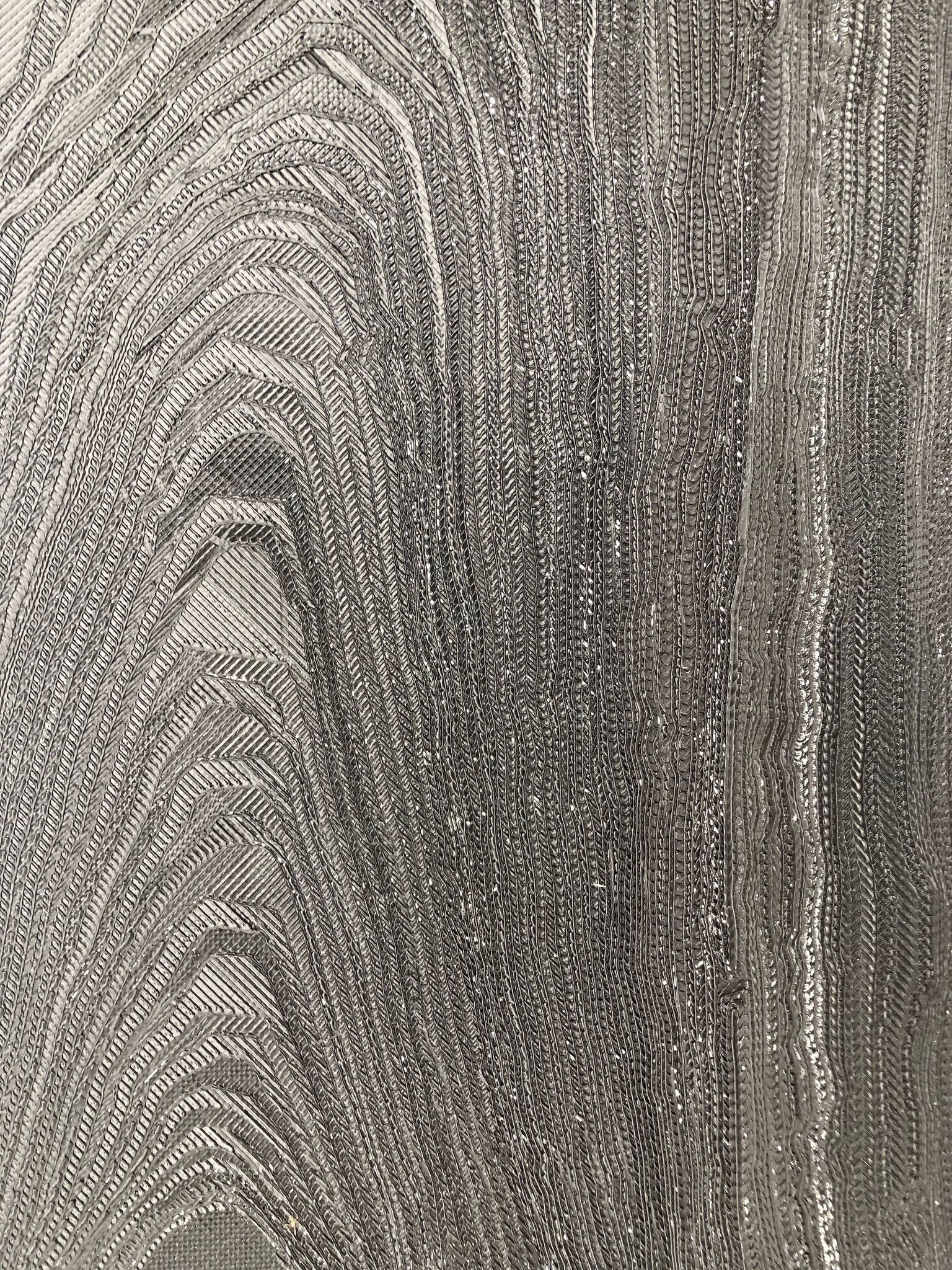

Hugo Drubay
**How does your work bridge the gap between artisanal craftsmanship and industrial design?**
I believe my work bridges the gap between artisanal craftsmanship and industrial design mostly because it doesn’t try to apply to either of those two disciplines. My main focus revolves around a creative process, trying to get it as close to a nature as possible. My work helps me figure out in which way technique can change our perception to the world and to ourselves.
Different types of laws can be observed in Nature, some of which can be compared to mechanisms provided with various generative systems such as sacred geometry, fractals, symmetry, energies, and gravity. Studying and applying these systems to a creative project shows a true desire to participate to a natural process. Once you begin working on such conceptions, notions such as artisanal craftsmanship and industrial design are no longer relevant. Everything only revolves around a quest towards nature. That quest follows different recurrent themes in my work such as society, human sensitivity and human’s relation to nature.
The creative process used for **“Terres du Ciel”** embodies this quest of resemblance to nature. Its shape was extracted from nature and transposed into an object through different technical manipulations. Somewhere between artisanal craftsmanship and industrial design, it was created by 3D scanning a piece of walnut veneer. It was then used to make moulds, which then lead to the creation of several ceramic pieces. This project redefines the notion of creative process, as it no longer claims to be due to its creator but to nature. It is rather a way of creating a new artificial material that an art piece. Therefore I see it as a no-object, still in search for a proper definition.
When exhibited on a wall this piece can be observed and interpreted as a poetic landscape, such as Asian landscape stones (stones that were extracted from nature and glorified for their resemblance to pictorial landscapes since the 17th century). Finally, this type of fascination for landscape stones highlights another important notion in my work: that of similarities between macrocosm and microcosm.
**Is it a good time to be an artist? A difficult time?**
I believe that we are reaching a transitional era within the Art world where technology is taking more and more space and I find it to be really interesting. This implies a necessity to redefine the way we see artworks and artists. Human sensitivity is also changing fast and this leads to questioning our former values. Everything is about to be redefined. The future should be full of new promises if we all join towards a sensitivity that brings us closer to nature. Anyhow, I would say that in the future artists’ work might be closer to a thinker or coordinator in multiple fields of knowledge such as those of the Renaissance rather than 18th century Bohemian artists.
**What is your plan for 2019?**
I have some good expectations for 2019! New projects will allow me to share my work and views on art. Two years have already flown by since I created my Design, Architecture, Art research and production studio. From now on, I will be perfecting my technical skills on different materials such as ceramics making vases, utensils, and wall coverings always with the intention of bringing new aesthetics, sensitivity and way of living.
* * *
**ANTOINE BÉCOGNÉE**
--------------------


Cloud City by Antoine Bécongnée
Antoine Bécognée is a Parisian artist and designer, founder of the Well Well Designers studio. His creations are handmade, playful, clever and poetic, his lamps and creations challenge the imagination of the viewer.
* * *
 
Courtesy Galerie Perpitch & Bringand - copyright Adrien Thibaud

Courtesy Galerie Perpitch & Bringand - copyright Adrien Thibaud
 
Courtesy Galerie Perpitch & Bringand - copyright Adrien Thibaud
* * *
[**Studio Quetzal**](https://www.instagram.com/studioquetzal/?hl=en)
--------------------------------------------------------------------




Studio Quetzal
Photo by Pauline Guerrier
Quetzal is a design studio based in Paris and founded in 2015 by Louise Naegelen, Adrien Gadet, and Benjamin Lina. The ambition of the studio is to conceive Space and Object as entities, focusing on the self-sufficiency of materials and on the expression of their essences.
**Many of your works have relationships to the site of installation. How does “place” affect your creative process?**
The location, indeed, is the starting point of our creative process. Our work focuses primarily on the relationship between space and object, in a narrative approach. We are inspired by the history of the place and its surroundings by reinterpreting it architecturally. The primary intention of our projects is often a fantasy idea that we readjust and simplify. Space becomes a set of elements that respond to each other through drawing, materials and light.
**What is your plan for 2019?**
We apprehend new techniques that will fulfill our work.
For future projects we are invited by Alice Stori to participate in the exhibition AD MENSAM in Austria, the inauguration takes place in May 2019. This edition of the "Schloss Hollenegg for Design" will explore the rituals around the tableware. We are also working with Marie-Claude Beaux on a new project for the New National Museum of Monaco.
* * *
**Thomas Klotz**
----------------


[](#)[](#)
Thomas Klotz
What are the realities that play out in Thomas Klotz’s experiences? An environment seized in confusion of natural and manufactured worlds. It is a reality that seems to be made of fabrics, ink and drawn lights. Thomas Klotz is behind the garden, on the other side the spectacle of humanity: it is the dummy lights, the neon and leaking pipes that redraw the bodies of passers-by in his photographic experience.
**Do you remember the first artwork that you encountered that made a strong impression on you? Describe the experience.**
From the first work of art I do not know any more. The first photos that marked me and influenced yes certainly. I must have been 16 years old when I discovered the photographs of William Eggleston and especially the famous "Red Ceiling". A photo of a blood red ceiling with a light bulb and white wires. There is everything, plastic, banality and the weight of meaning. This photo is the image of the blood, the drama behind a totally anonymous newspaper. It's a wonder simply. Simple, disturbing and inimitable.
**What works other than yours are eager to see at the exhibition, and why?**
To stay in the light and close to my approach, the work of the "designer" Marine BREYNAERT is particularly interesting. Her Lamps are highly pure and loaded with industrial materials and references. Bright and striking works …
**How do the artificial and the natural figure into your ideas of beauty?**
Part of my job is to deal naturally with artificial lighting. That is to say, not to try to correct it, or blur it. These dirty lights reveal a suffocation, a suffocation of the subject that can reveal a certain form of beauty. In the urban universe that is mine, the natural continually faces the artificial anyway. I'm just trying to be ready for this clash.
* * *
[**PIERRE RIOUFOL**](https://www.instagram.com/pierrerioufol/?hl=en)
--------------------------------------------------------------------


“Dunes” 2018, leather & wood, 81x60cm - Pierre Rioufol. “Rex” 2018, leather & wood, 81X60cm, Pierre Rioufol.
Pierre Rioufol reconciles art and clothing by using the technique of tattooing and the application of colored leathers to draw landscapes and symbols on his jackets. He maintains timeless and classical cuts of the Bomber, the Perfecto and the Teddy.
**Why is a sense of play or wonder something that we could all benefit from in our wardrobe?**
Wardrobe for the jackets as much as walls for my paintings, can be filled with windows, I build the views of my dreams in each one. Every drawing is a window, a view, an imaginary landscape to offer to the space or to the streets, if it's worn.
I keep on trying to make the "heaven embroidered cloths, inwrought with golden and silver light**"** of W.B Yeats, I keep on trying to bring some naive illustrations of my dreams on each support, walls, jewels, and clothes.
**Do you listen to music when you work? If not, why? If so, what music?**
I listen a lot to music while working, thinking almost religiously that a song or an album must enter the drawing or the piece I'm working on, like giving it a soul through the wind of the voice. A particular song or a singer can give a deep breath, some particular color range, you won't use the same colors listening to Neil Young's _Harvest_ as on _On the Beach_. I work with any kind of music but mostly slow, folk or ballads of Townes Van Zandt or Johnny Cash, for warm and clear colors, I finally realised that cold wave or punk mostly led me to dark & stormy.
**How do you feel education has informed your practice? Where has it created limitations?**
I always have run away from education in the domain of creation, never studied stylism, nor sewing, nor drawing or jewelry making. I fear in education the print of the teacher as a real doom for the expression of your deep, sincere and free soul. And that sincere soul is the only thing I'm interested in, in anyone's work.
This has led me to another habit, which is the will of knowing exactly the process of creation of an object. Sewing clothes, stitching, working leather, knowing the skins, the stones and metal melting, the will of knowing and controlling each step is like an armor and a spine for the self-educated.
* * *
[**Romain Sarrot**](https://www.instagram.com/romainsarrot/?hl=en)
------------------------------------------------------------------



[](#)[](#)
Romain Sarrot
My creative process is fairly regular in its approach. I always try to start from an idea or a concept and put it on stage as faithfully as possible. The thread of my installations focuses on two types of materials: resin and silicone. What binds all my creations is childhood.
**What role does comedy play in your process? What elements of childhood are you most drawn to?**
I strongly believe in the importance of emotions in art. The way sometimes are moves you without you knowing where it comes from. Comedy shares the same triggering features as contemporary art: poetry, irony, surrealism, irreverence. The unusual is a good way to capture the attention of the audience and transform it into a question. In France we say “la vérité sort de la bouche des enfants” which means, because they are candid, playful, full of honesty, kids will always say the truth. Hence the importance in my work to confront this idea of naivety in childhood and the brutality of society.
**Do you remember the first artwork that you encountered that made a strong impression on you? Describe the experience.**
At 6, I went with my father to the manifeste exhibition in “le centre Beaubourg.” I remember going from Sol LeWitt and On Kawara to Andy Warhol and Claes Oldenburg, going through Arman to César. I was struck by the amusing and playful experience that were opposite of the big old master paintings that at this age death is boring to me. Shocked by the creativity behind some of the pieces, I headed directly back home and started a little collection of my own creation. I disassembled a watch and blew it on paper. My dad was furious.
**Do you listen to music when you work? If not, why? If so, what music?**
I always listen to music when I work, with the exception of the conception part. For me, it requires a very quiet environment. Sometimes the hand-making process can be very repetitive so I put on a song in repeat mode and it goes again and again and again. It could be shitty songs or great ones, it doesn’t matter. But once picked, it’s the same song for the whole building time this one art piece requires. The last one was “Hotel California.”
* * *
**Sarah Valente**
-----------------


Sarah Valente. Courtesy of Galerie Perpitch Bringand. Photo by Adrien Thibault.
For the artist, Nature and the Cosmos are the parents of our humanity. By observing them mankind learns how to use what surrounds him. Nothing could have existed without this close relationship between men and their environment. Sarah’s work is a tribute to this vital nature we carry within us. In our modern society and in the cities this nature is sometimes relegated to the background. The artist sees its absence as a real lack and seeks to find in her work this habit of observing, contemplating, and understanding its messages.
**What is your interpretation of the title of the show, “Continent Project”? What about the John Donne poem appearing in the program – “No man is an island…”**
For me the _Continent Project_ is the idea to create a 7th continent that is ours, a land with the spirit of a new world, chivalrous, unlimited. A place of solidary where the uniqueness, the originality of each create a whole, a strength, a shared destiny.
And like in the poem, _No man Is an Island_, each one of us is a part of this continent where equality does not mean to be the same, but to be able and allowed to express our differences that basically bring us together.
It’s like the Atlantis, the sunken continent that resurfaces with all its dreams, all its mysteries, all its possibilities.
**How do you feel education has informed your practice? Where has it created limitations?**
I went to a Rudolph Steiner School, and being taught in a different way was a chance for me because art and nature take a lot of place in those schools. It allows you to build your own opinion and self, to be different, it teaches you that there is no need to fit in the mold.
I think when the education is right it can only inform you and open your mind. It is the lack of education or a deformed education that creates limitations.
**How is the relationship between human and nature invoked when the body is absent?**
It is a spiritual and unconscious relationship between Human and Nature that I try to invoke in my work. I approach Nature as a God, as a sacred whole full of mystery, that sometimes are invisible at first glance.
I try to show the sacred and divine aspects of Nature and its surprising accidental forms, its hidden or imperceptible aspects to the naked eye. I want to allow the spectator to observe aspects and forms that without a medium would not necessarily be noticeable at first.
Sometimes I also question physical similarity, a human has fingerprints? A tree has his own prints too. Our blood capillaries could be comparable to branches or roots. I think that in our bodies at different scales we find many elements from the Nature that surrounds us. It is also an axis that fascinates me.
* * *
[**HUGO DRUBAY**](https://www.instagram.com/hugodrubay/?hl=en)
--------------------------------------------------------------


Hugo Drubay
**How does your work bridge the gap between artisanal craftsmanship and industrial design?**
I believe my work bridges the gap between artisanal craftsmanship and industrial design mostly because it doesn’t try to apply to either of those two disciplines. My main focus revolves around a creative process, trying to get it as close to a nature as possible. My work helps me figure out in which way technique can change our perception to the world and to ourselves.
Different types of laws can be observed in Nature, some of which can be compared to mechanisms provided with various generative systems such as sacred geometry, fractals, symmetry, energies, and gravity. Studying and applying these systems to a creative project shows a true desire to participate to a natural process. Once you begin working on such conceptions, notions such as artisanal craftsmanship and industrial design are no longer relevant. Everything only revolves around a quest towards nature. That quest follows different recurrent themes in my work such as society, human sensitivity and human’s relation to nature.
The creative process used for **“Terres du Ciel”** embodies this quest of resemblance to nature. Its shape was extracted from nature and transposed into an object through different technical manipulations. Somewhere between artisanal craftsmanship and industrial design, it was created by 3D scanning a piece of walnut veneer. It was then used to make moulds, which then lead to the creation of several ceramic pieces. This project redefines the notion of creative process, as it no longer claims to be due to its creator but to nature. It is rather a way of creating a new artificial material that an art piece. Therefore I see it as a no-object, still in search for a proper definition.
When exhibited on a wall this piece can be observed and interpreted as a poetic landscape, such as Asian landscape stones (stones that were extracted from nature and glorified for their resemblance to pictorial landscapes since the 17th century). Finally, this type of fascination for landscape stones highlights another important notion in my work: that of similarities between macrocosm and microcosm.
**Is it a good time to be an artist? A difficult time?**
I believe that we are reaching a transitional era within the Art world where technology is taking more and more space and I find it to be really interesting. This implies a necessity to redefine the way we see artworks and artists. Human sensitivity is also changing fast and this leads to questioning our former values. Everything is about to be redefined. The future should be full of new promises if we all join towards a sensitivity that brings us closer to nature. Anyhow, I would say that in the future artists’ work might be closer to a thinker or coordinator in multiple fields of knowledge such as those of the Renaissance rather than 18th century Bohemian artists.
**What is your plan for 2019?**
I have some good expectations for 2019! New projects will allow me to share my work and views on art. Two years have already flown by since I created my Design, Architecture, Art research and production studio. From now on, I will be perfecting my technical skills on different materials such as ceramics making vases, utensils, and wall coverings always with the intention of bringing new aesthetics, sensitivity and way of living.
* * *
**ANTOINE BÉCOGNÉE**
--------------------

Courtesy Galerie Perpitch & Bringand - copyright Adrien Thibaud
* * *
[**Studio Quetzal**](https://www.instagram.com/studioquetzal/?hl=en)
--------------------------------------------------------------------




Studio Quetzal
Photo by Pauline Guerrier
Quetzal is a design studio based in Paris and founded in 2015 by Louise Naegelen, Adrien Gadet, and Benjamin Lina. The ambition of the studio is to conceive Space and Object as entities, focusing on the self-sufficiency of materials and on the expression of their essences.
**Many of your works have relationships to the site of installation. How does “place” affect your creative process?**
The location, indeed, is the starting point of our creative process. Our work focuses primarily on the relationship between space and object, in a narrative approach. We are inspired by the history of the place and its surroundings by reinterpreting it architecturally. The primary intention of our projects is often a fantasy idea that we readjust and simplify. Space becomes a set of elements that respond to each other through drawing, materials and light.
**What is your plan for 2019?**
We apprehend new techniques that will fulfill our work.
For future projects we are invited by Alice Stori to participate in the exhibition AD MENSAM in Austria, the inauguration takes place in May 2019. This edition of the "Schloss Hollenegg for Design" will explore the rituals around the tableware. We are also working with Marie-Claude Beaux on a new project for the New National Museum of Monaco.
* * *
**Thomas Klotz**
----------------


[](#)[](#)
Thomas Klotz
What are the realities that play out in Thomas Klotz’s experiences? An environment seized in confusion of natural and manufactured worlds. It is a reality that seems to be made of fabrics, ink and drawn lights. Thomas Klotz is behind the garden, on the other side the spectacle of humanity: it is the dummy lights, the neon and leaking pipes that redraw the bodies of passers-by in his photographic experience.
**Do you remember the first artwork that you encountered that made a strong impression on you? Describe the experience.**
From the first work of art I do not know any more. The first photos that marked me and influenced yes certainly. I must have been 16 years old when I discovered the photographs of William Eggleston and especially the famous "Red Ceiling". A photo of a blood red ceiling with a light bulb and white wires. There is everything, plastic, banality and the weight of meaning. This photo is the image of the blood, the drama behind a totally anonymous newspaper. It's a wonder simply. Simple, disturbing and inimitable.
**What works other than yours are eager to see at the exhibition, and why?**
To stay in the light and close to my approach, the work of the "designer" Marine BREYNAERT is particularly interesting. Her Lamps are highly pure and loaded with industrial materials and references. Bright and striking works …
**How do the artificial and the natural figure into your ideas of beauty?**
Part of my job is to deal naturally with artificial lighting. That is to say, not to try to correct it, or blur it. These dirty lights reveal a suffocation, a suffocation of the subject that can reveal a certain form of beauty. In the urban universe that is mine, the natural continually faces the artificial anyway. I'm just trying to be ready for this clash.
* * *
[**PIERRE RIOUFOL**](https://www.instagram.com/pierrerioufol/?hl=en)
--------------------------------------------------------------------


“Dunes” 2018, leather & wood, 81x60cm - Pierre Rioufol. “Rex” 2018, leather & wood, 81X60cm, Pierre Rioufol.
Pierre Rioufol reconciles art and clothing by using the technique of tattooing and the application of colored leathers to draw landscapes and symbols on his jackets. He maintains timeless and classical cuts of the Bomber, the Perfecto and the Teddy.
**Why is a sense of play or wonder something that we could all benefit from in our wardrobe?**
Wardrobe for the jackets as much as walls for my paintings, can be filled with windows, I build the views of my dreams in each one. Every drawing is a window, a view, an imaginary landscape to offer to the space or to the streets, if it's worn.
I keep on trying to make the "heaven embroidered cloths, inwrought with golden and silver light**"** of W.B Yeats, I keep on trying to bring some naive illustrations of my dreams on each support, walls, jewels, and clothes.
**Do you listen to music when you work? If not, why? If so, what music?**
I listen a lot to music while working, thinking almost religiously that a song or an album must enter the drawing or the piece I'm working on, like giving it a soul through the wind of the voice. A particular song or a singer can give a deep breath, some particular color range, you won't use the same colors listening to Neil Young's _Harvest_ as on _On the Beach_. I work with any kind of music but mostly slow, folk or ballads of Townes Van Zandt or Johnny Cash, for warm and clear colors, I finally realised that cold wave or punk mostly led me to dark & stormy.
**How do you feel education has informed your practice? Where has it created limitations?**
I always have run away from education in the domain of creation, never studied stylism, nor sewing, nor drawing or jewelry making. I fear in education the print of the teacher as a real doom for the expression of your deep, sincere and free soul. And that sincere soul is the only thing I'm interested in, in anyone's work.
This has led me to another habit, which is the will of knowing exactly the process of creation of an object. Sewing clothes, stitching, working leather, knowing the skins, the stones and metal melting, the will of knowing and controlling each step is like an armor and a spine for the self-educated.
* * *
[**Romain Sarrot**](https://www.instagram.com/romainsarrot/?hl=en)
------------------------------------------------------------------



[](#)[](#)
Romain Sarrot
My creative process is fairly regular in its approach. I always try to start from an idea or a concept and put it on stage as faithfully as possible. The thread of my installations focuses on two types of materials: resin and silicone. What binds all my creations is childhood.
**What role does comedy play in your process? What elements of childhood are you most drawn to?**
I strongly believe in the importance of emotions in art. The way sometimes are moves you without you knowing where it comes from. Comedy shares the same triggering features as contemporary art: poetry, irony, surrealism, irreverence. The unusual is a good way to capture the attention of the audience and transform it into a question. In France we say “la vérité sort de la bouche des enfants” which means, because they are candid, playful, full of honesty, kids will always say the truth. Hence the importance in my work to confront this idea of naivety in childhood and the brutality of society.
**Do you remember the first artwork that you encountered that made a strong impression on you? Describe the experience.**
At 6, I went with my father to the manifeste exhibition in “le centre Beaubourg.” I remember going from Sol LeWitt and On Kawara to Andy Warhol and Claes Oldenburg, going through Arman to César. I was struck by the amusing and playful experience that were opposite of the big old master paintings that at this age death is boring to me. Shocked by the creativity behind some of the pieces, I headed directly back home and started a little collection of my own creation. I disassembled a watch and blew it on paper. My dad was furious.
**Do you listen to music when you work? If not, why? If so, what music?**
I always listen to music when I work, with the exception of the conception part. For me, it requires a very quiet environment. Sometimes the hand-making process can be very repetitive so I put on a song in repeat mode and it goes again and again and again. It could be shitty songs or great ones, it doesn’t matter. But once picked, it’s the same song for the whole building time this one art piece requires. The last one was “Hotel California.”
* * *
**Sarah Valente**
-----------------


Sarah Valente. Courtesy of Galerie Perpitch Bringand. Photo by Adrien Thibault.
For the artist, Nature and the Cosmos are the parents of our humanity. By observing them mankind learns how to use what surrounds him. Nothing could have existed without this close relationship between men and their environment. Sarah’s work is a tribute to this vital nature we carry within us. In our modern society and in the cities this nature is sometimes relegated to the background. The artist sees its absence as a real lack and seeks to find in her work this habit of observing, contemplating, and understanding its messages.
**What is your interpretation of the title of the show, “Continent Project”? What about the John Donne poem appearing in the program – “No man is an island…”**
For me the _Continent Project_ is the idea to create a 7th continent that is ours, a land with the spirit of a new world, chivalrous, unlimited. A place of solidary where the uniqueness, the originality of each create a whole, a strength, a shared destiny.
And like in the poem, _No man Is an Island_, each one of us is a part of this continent where equality does not mean to be the same, but to be able and allowed to express our differences that basically bring us together.
It’s like the Atlantis, the sunken continent that resurfaces with all its dreams, all its mysteries, all its possibilities.
**How do you feel education has informed your practice? Where has it created limitations?**
I went to a Rudolph Steiner School, and being taught in a different way was a chance for me because art and nature take a lot of place in those schools. It allows you to build your own opinion and self, to be different, it teaches you that there is no need to fit in the mold.
I think when the education is right it can only inform you and open your mind. It is the lack of education or a deformed education that creates limitations.
**How is the relationship between human and nature invoked when the body is absent?**
It is a spiritual and unconscious relationship between Human and Nature that I try to invoke in my work. I approach Nature as a God, as a sacred whole full of mystery, that sometimes are invisible at first glance.
I try to show the sacred and divine aspects of Nature and its surprising accidental forms, its hidden or imperceptible aspects to the naked eye. I want to allow the spectator to observe aspects and forms that without a medium would not necessarily be noticeable at first.
Sometimes I also question physical similarity, a human has fingerprints? A tree has his own prints too. Our blood capillaries could be comparable to branches or roots. I think that in our bodies at different scales we find many elements from the Nature that surrounds us. It is also an axis that fascinates me.
* * *
[**HUGO DRUBAY**](https://www.instagram.com/hugodrubay/?hl=en)
--------------------------------------------------------------


Hugo Drubay
**How does your work bridge the gap between artisanal craftsmanship and industrial design?**
I believe my work bridges the gap between artisanal craftsmanship and industrial design mostly because it doesn’t try to apply to either of those two disciplines. My main focus revolves around a creative process, trying to get it as close to a nature as possible. My work helps me figure out in which way technique can change our perception to the world and to ourselves.
Different types of laws can be observed in Nature, some of which can be compared to mechanisms provided with various generative systems such as sacred geometry, fractals, symmetry, energies, and gravity. Studying and applying these systems to a creative project shows a true desire to participate to a natural process. Once you begin working on such conceptions, notions such as artisanal craftsmanship and industrial design are no longer relevant. Everything only revolves around a quest towards nature. That quest follows different recurrent themes in my work such as society, human sensitivity and human’s relation to nature.
The creative process used for **“Terres du Ciel”** embodies this quest of resemblance to nature. Its shape was extracted from nature and transposed into an object through different technical manipulations. Somewhere between artisanal craftsmanship and industrial design, it was created by 3D scanning a piece of walnut veneer. It was then used to make moulds, which then lead to the creation of several ceramic pieces. This project redefines the notion of creative process, as it no longer claims to be due to its creator but to nature. It is rather a way of creating a new artificial material that an art piece. Therefore I see it as a no-object, still in search for a proper definition.
When exhibited on a wall this piece can be observed and interpreted as a poetic landscape, such as Asian landscape stones (stones that were extracted from nature and glorified for their resemblance to pictorial landscapes since the 17th century). Finally, this type of fascination for landscape stones highlights another important notion in my work: that of similarities between macrocosm and microcosm.
**Is it a good time to be an artist? A difficult time?**
I believe that we are reaching a transitional era within the Art world where technology is taking more and more space and I find it to be really interesting. This implies a necessity to redefine the way we see artworks and artists. Human sensitivity is also changing fast and this leads to questioning our former values. Everything is about to be redefined. The future should be full of new promises if we all join towards a sensitivity that brings us closer to nature. Anyhow, I would say that in the future artists’ work might be closer to a thinker or coordinator in multiple fields of knowledge such as those of the Renaissance rather than 18th century Bohemian artists.
**What is your plan for 2019?**
I have some good expectations for 2019! New projects will allow me to share my work and views on art. Two years have already flown by since I created my Design, Architecture, Art research and production studio. From now on, I will be perfecting my technical skills on different materials such as ceramics making vases, utensils, and wall coverings always with the intention of bringing new aesthetics, sensitivity and way of living.
* * *
**ANTOINE BÉCOGNÉE**
--------------------
 
Cloud City by Antoine Bécongnée
Antoine Bécognée is a Parisian artist and designer, founder of the Well Well Designers studio. His creations are handmade, playful, clever and poetic, his lamps and creations challenge the imagination of the viewer.
* * *

Cloud City by Antoine Bécongnée
Antoine Bécognée is a Parisian artist and designer, founder of the Well Well Designers studio. His creations are handmade, playful, clever and poetic, his lamps and creations challenge the imagination of the viewer.
* * *

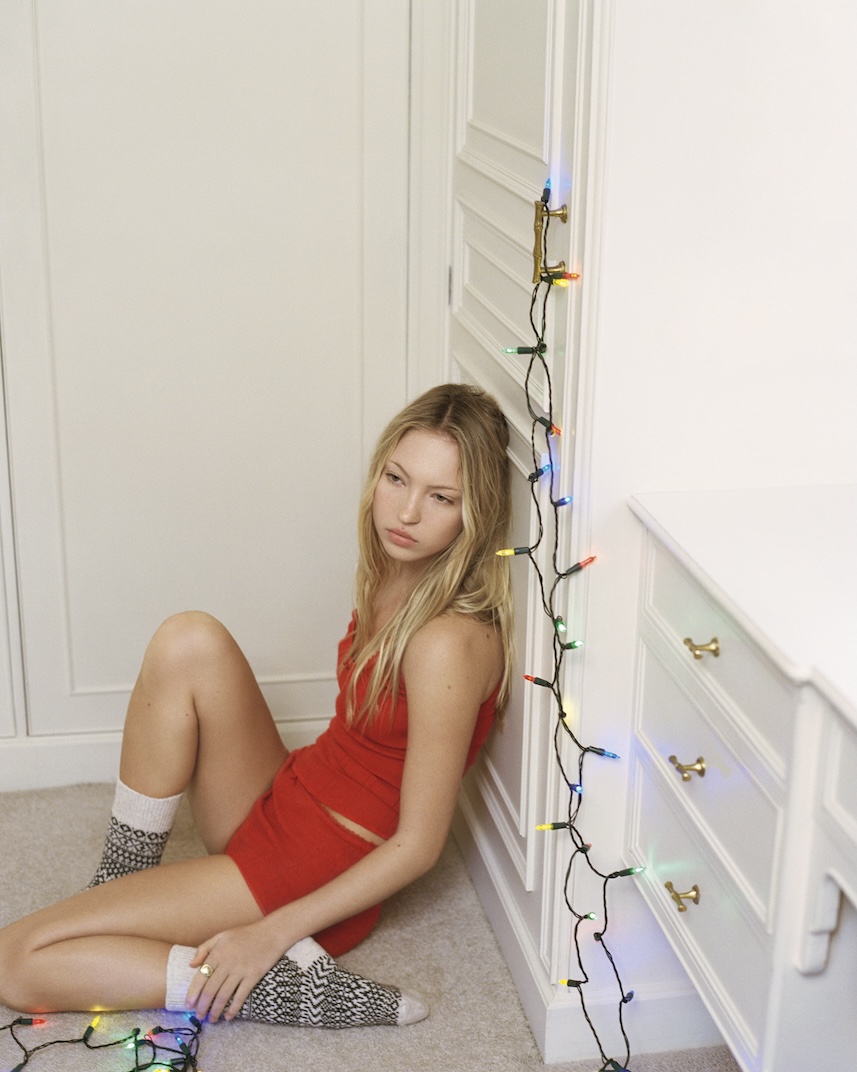
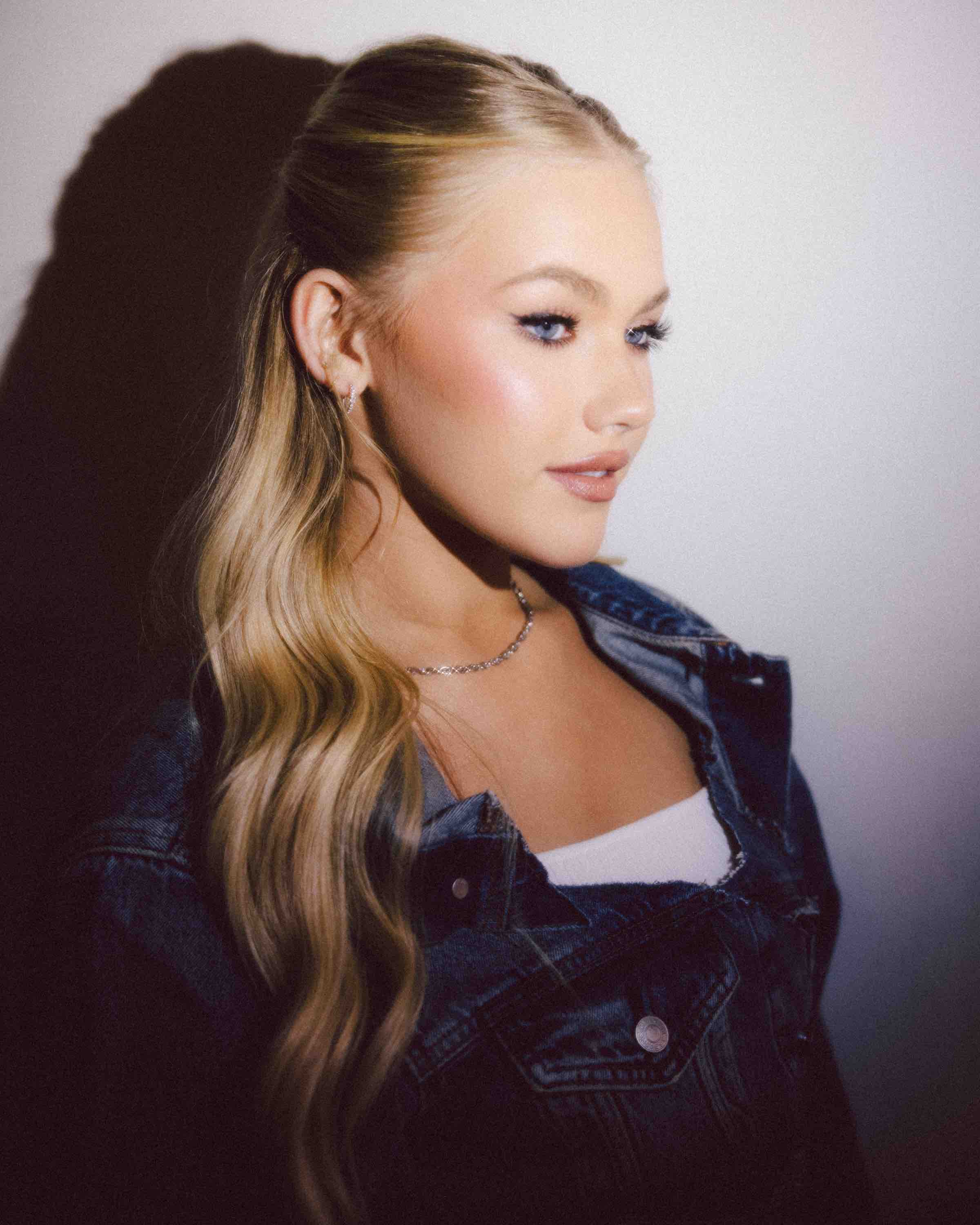



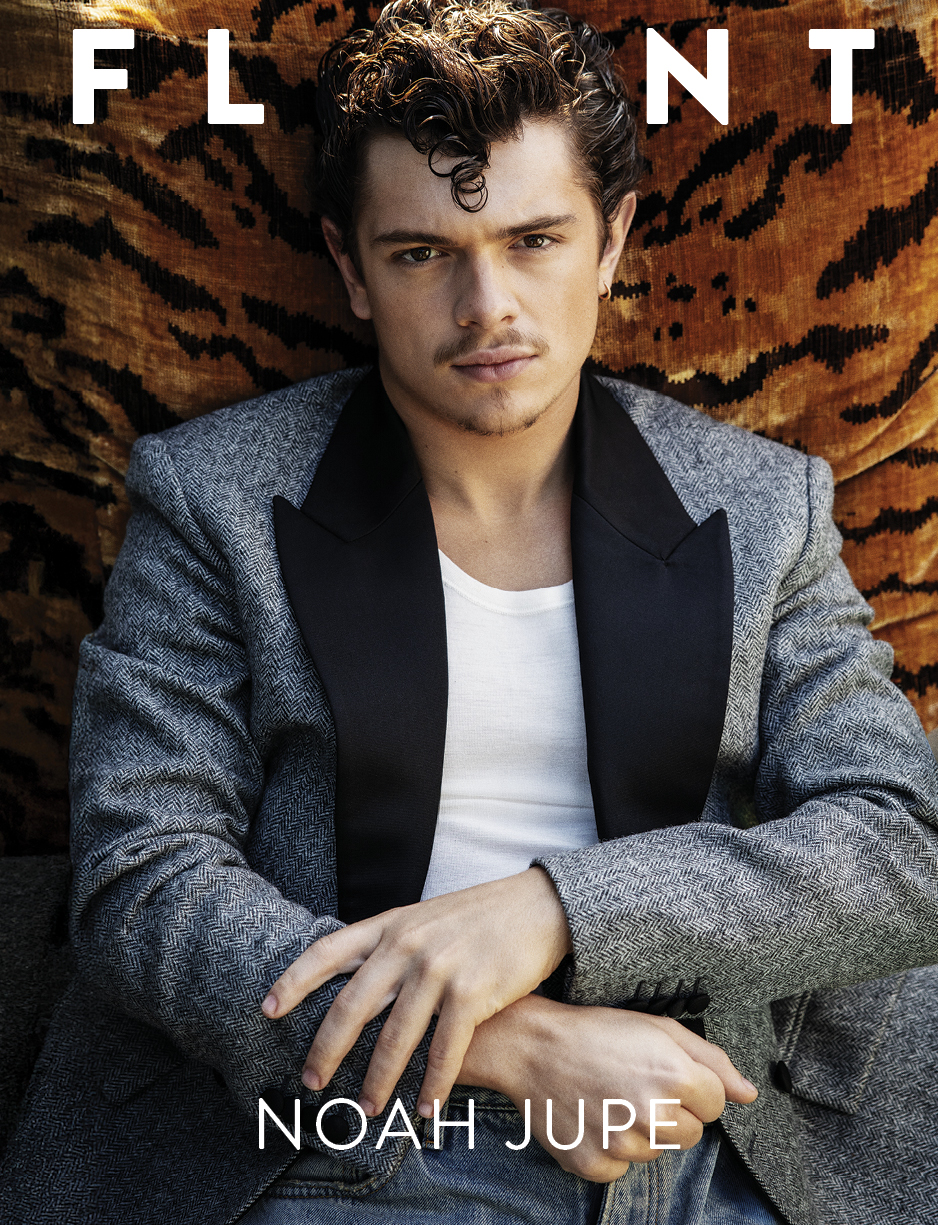
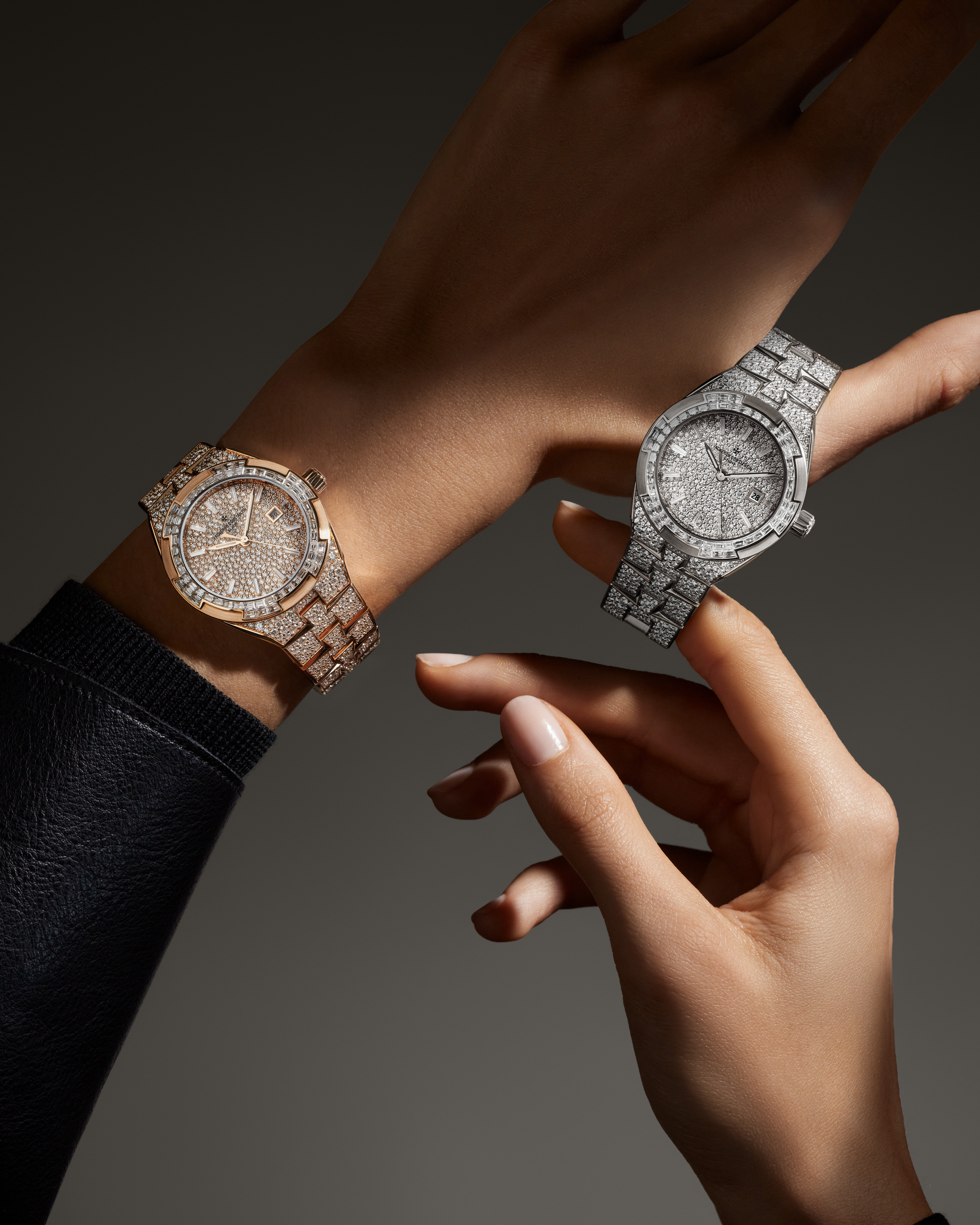
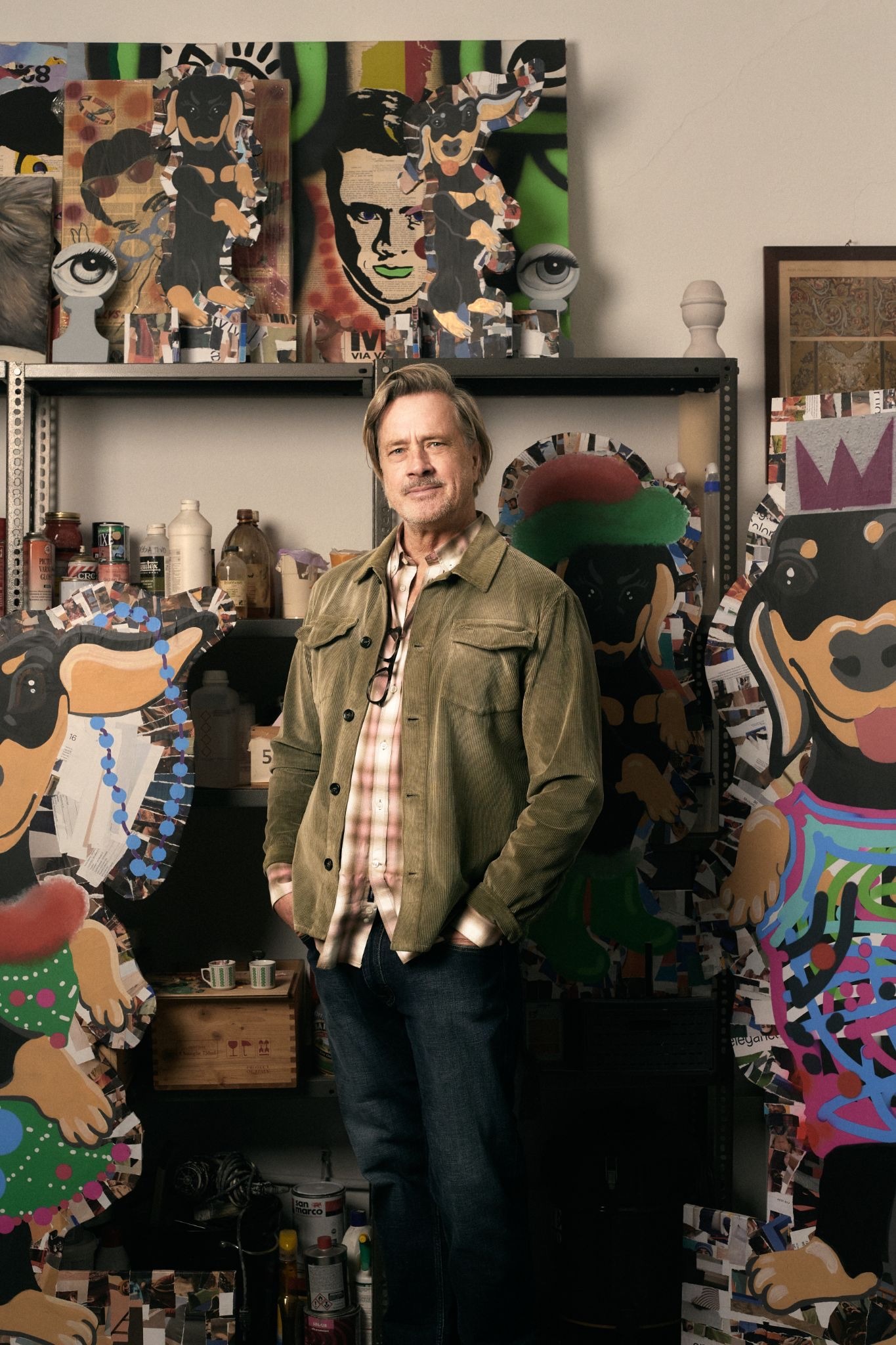
.JPG)
.jpg)
